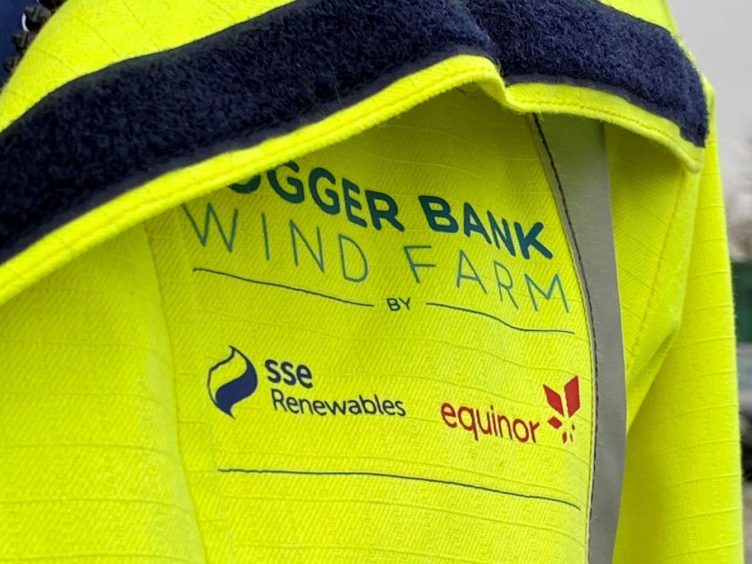
Surging oil and gas prices and European supply uncertainty resulting from Russia’s ongoing attacks on Ukraine are the latest examples of the challenges and risks of global fossil fuel dependency.
This situation underlies the urgency of achieving energy independence and decarbonization, balanced with the imperatives of sustainability, reliability, and affordability – the “energy trilemma.”
Against this backdrop, the demand for global energy is expected to increase 50% by 2040, and yet today 770 million people globally are without reliable power (source: International Energy Agency). Solving for these issues requires first continued renewable capacity build-out as well as gas power technology advancements, but the solutions – such as mega-offshore wind projects, multi-site onshore wind projects with transmission components, and carbon capture utilization and storage (CCUS) projects – come with significant capital costs. With less than six months until global nations convene for COP27 in Egypt to advance last year’s commitments, attention should be given now to accelerating four key energy investment trends.
1. Accelerate renewables penetration with a more modern, resilient energy grid.
Decades of underinvestment globally in grid infrastructure has led to aging and unreliable systems that are unable to meet basic electricity demands, support renewable energy integration, or withstand severe weather events.
A recent Princeton Net Zero study found that a record 70GW of new of wind and solar energy resources are needed between 2026-30 to meet US 2030 climate targets, in addition to an estimated $360 billion investment in electric transmission infrastructure.
Insufficiencies in regional planning, interconnection, and regulatory regimes are creating delays in renewables implementation. Globally, collaboration on transmission system upgrades is required and needs to be sensibly coordinated with technological modernization and digitization of the grid.
2. Invest in decarbonization technologies, including CCUS and hydrogen, to transition natural gas to a low carbon energy source.
Gas turbine technology is a flexible and reliable source of baseload power, supporting wind and solar resources and providing critical grid support attributes. Moreover, coal-to-gas switching represents a fast and effective win for emissions reduction. For example, in Vietnam, where electricity demand is expected to grow 6-8% yearly, replacing planned coal with gas could reduce emissions by 47%.*
GE is actively investing in breakthrough technologies such as CCUS and hydrogen solutions that reduce greenhouse gas emissions even further. CCUS projects require appropriate commercial support to achieve viability, and it is important to understand and evaluate risks and returns across the lifespan of these game-changing projects.
To expand access to electricity in emerging economies and help developed nations decarbonize, continued support and financing of natural gas-related initiatives is needed from policy makers and government financing institutions, such as export credit agencies (ECA), and private sector investors.
3. Focus on the global growth of offshore wind technology.
Offshore wind is scaling in many countries, including in the US, where the Biden Administration supports the permitting of major offshore wind facilities and is committed to a target of 30GW of offshore wind power by 2030.

The UK, where offshore wind generates 10% of electricity and is targeted to grow to more than 30% (50GW) by 2030, is home to Dogger Bank in the North Sea, the largest offshore wind farm under development globally. The three-phase project, which uses GE’s Haliade-X turbines, is supported by three different ECAs, including GE-mobilized insurance from Bpifrance for a portion of the debt financing.
GE maintains strong relationships with all major ECAs and sees a critical role for ECAs in financing mega-offshore wind projects. ECAs must be flexible and innovate risk models to adapt to rapidly emerging technological changes and to accelerate the offshore wind rollout at scale.
4. Next generation advances in small nuclear reactor technology.
Nuclear energy is another generation source important to achieving net-zero carbon emission goals. Unlike traditional nuclear reactors, small modular reactors, or SMRs, can be deployed faster and at a lower cost. Their smaller size lowers regulatory hurdles and ameliorates many of the safety concerns surrounding larger nuclear units.
While SMR technology is gaining momentum globally, fully commercializing it will require public investment. The UK’s recent energy security strategy seeks to drive down costs by building SMR at scale over the next 30 years. This includes ambitious nuclear targets, funding programs and international collaboration, a replicable framework in markets seeking to deploy nuclear.
Successful and innovative sustainable energy projects are being developed and commercialized globally through traditional and breakthrough technologies. Stronger partnerships between governments, investors, and industry are necessary to attract the capital required to accelerate the energy transition and address the energy trilemma globally.
*GE Analysis
Recommended for you

 © Supplied by GE
© Supplied by GE